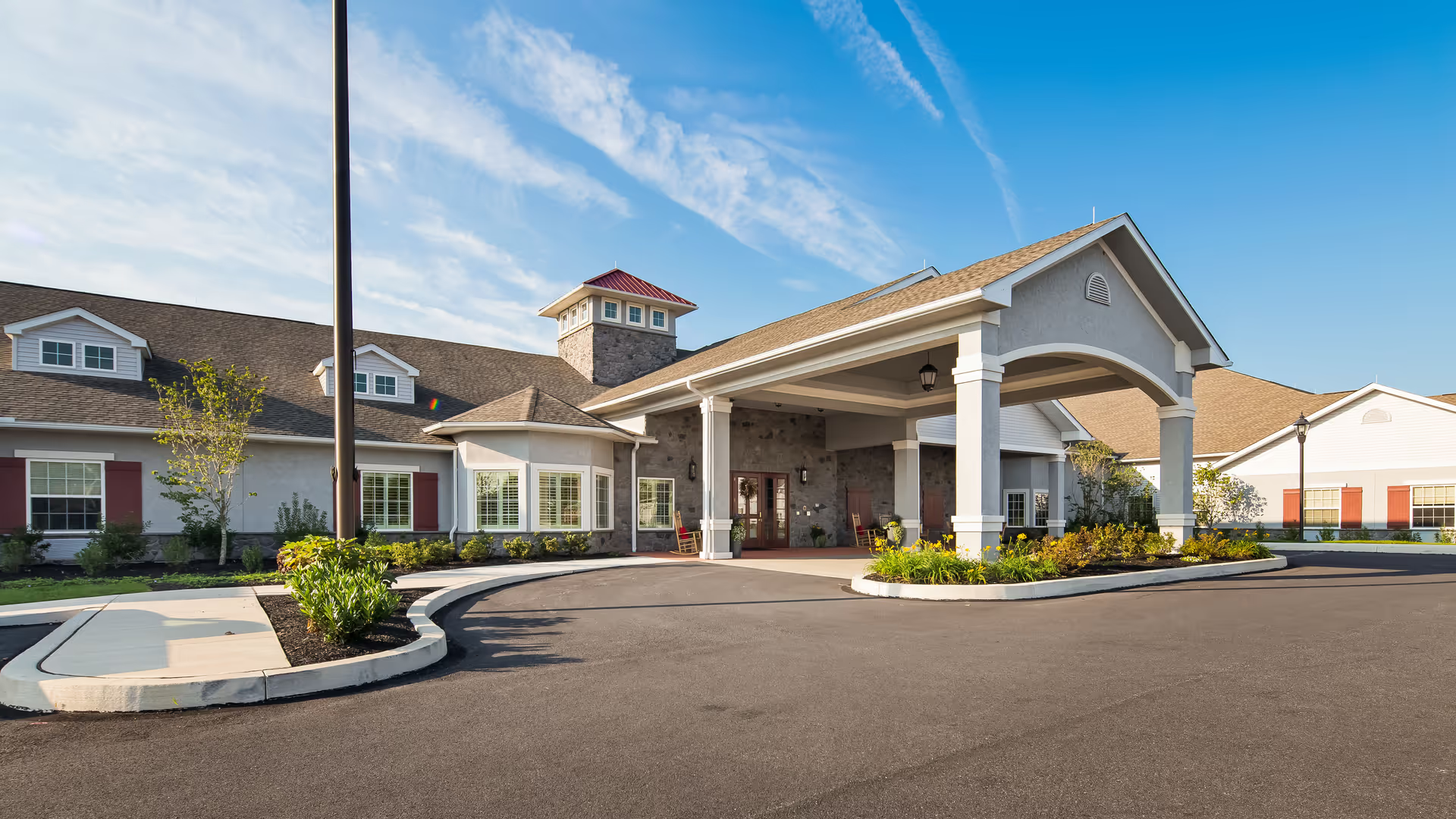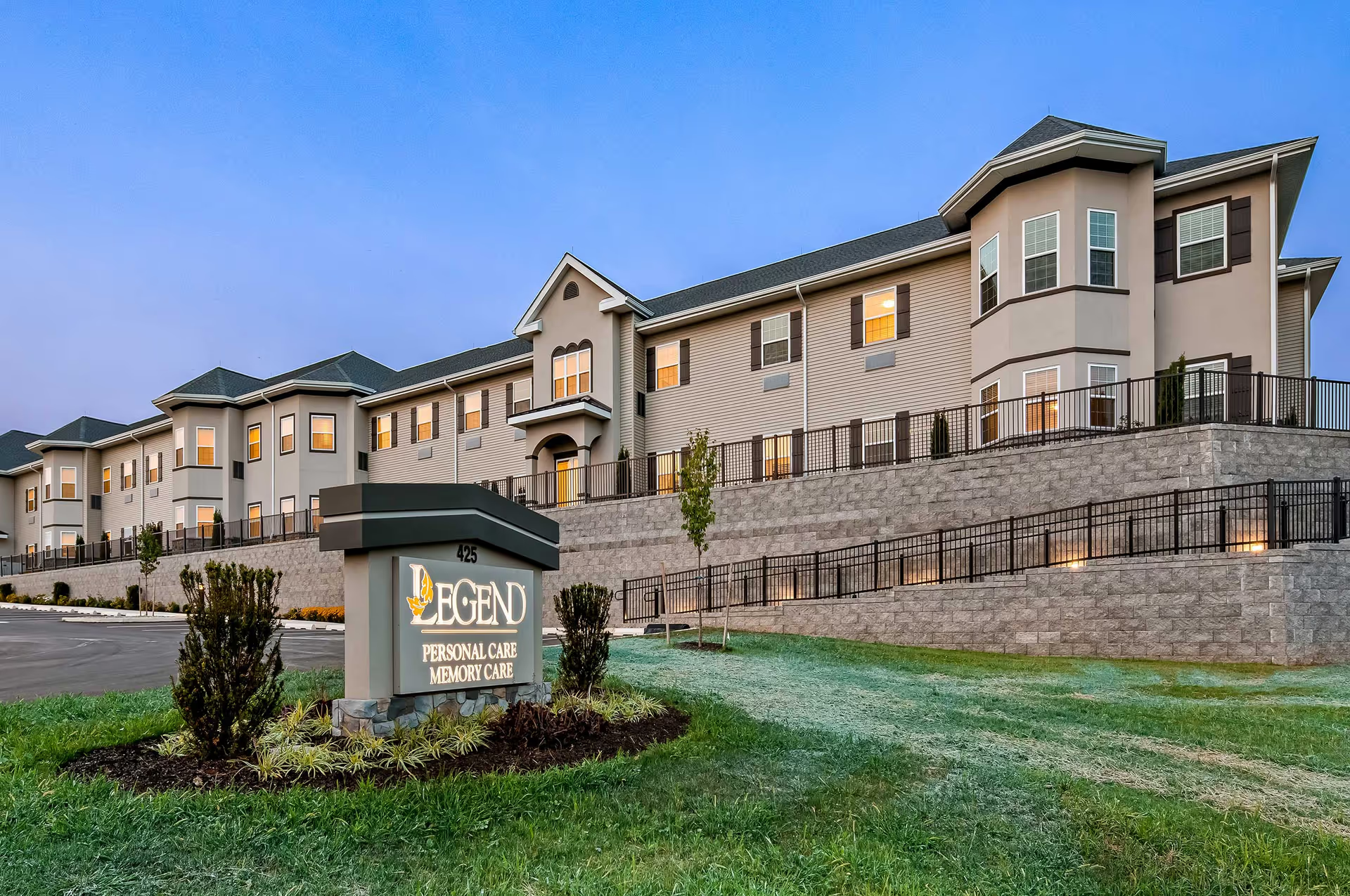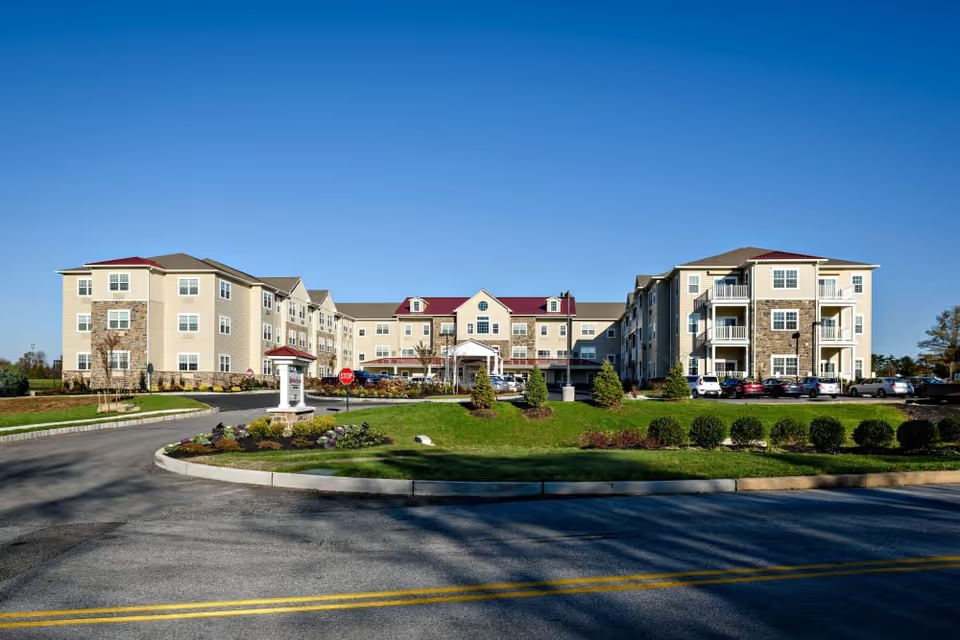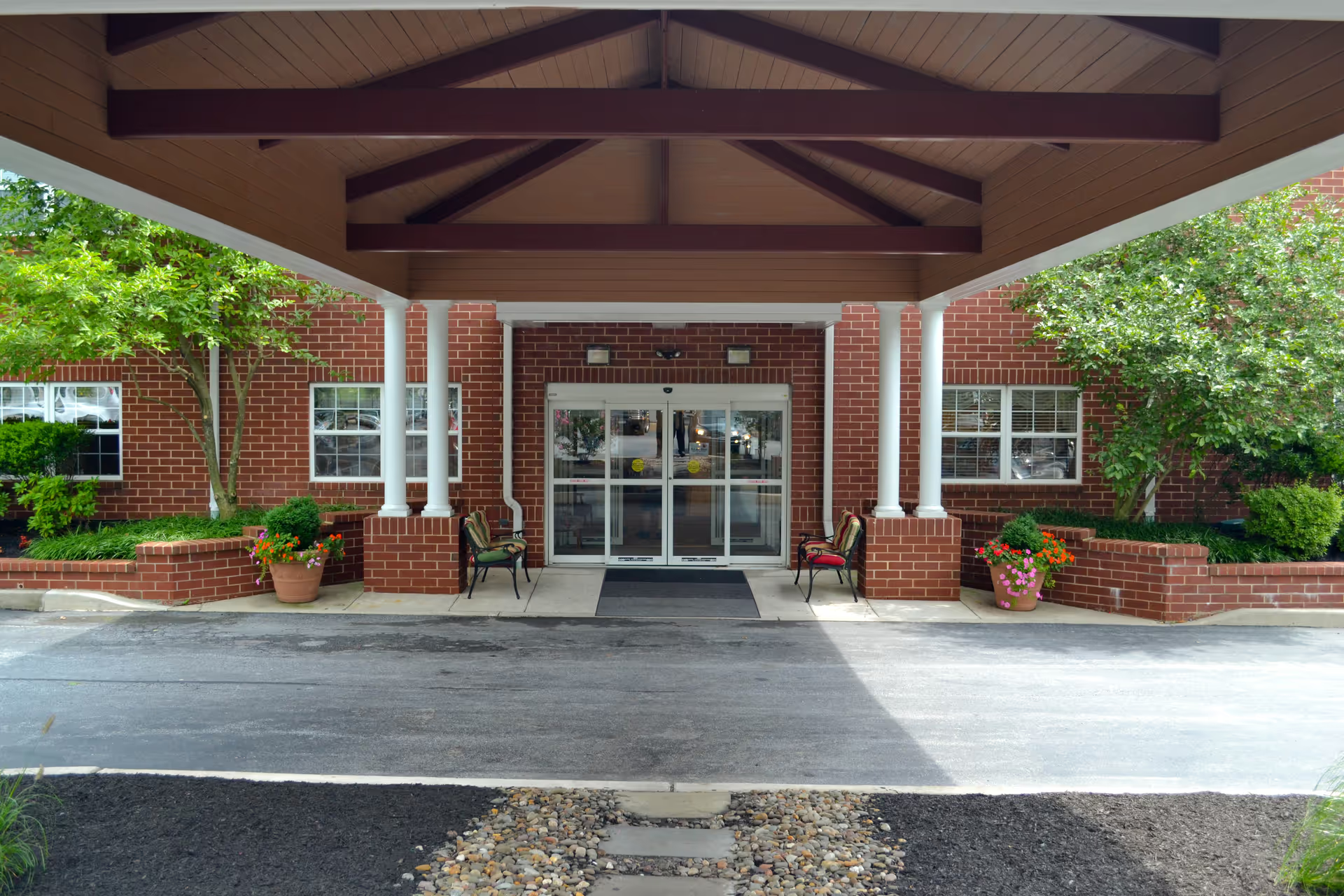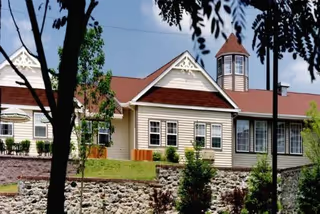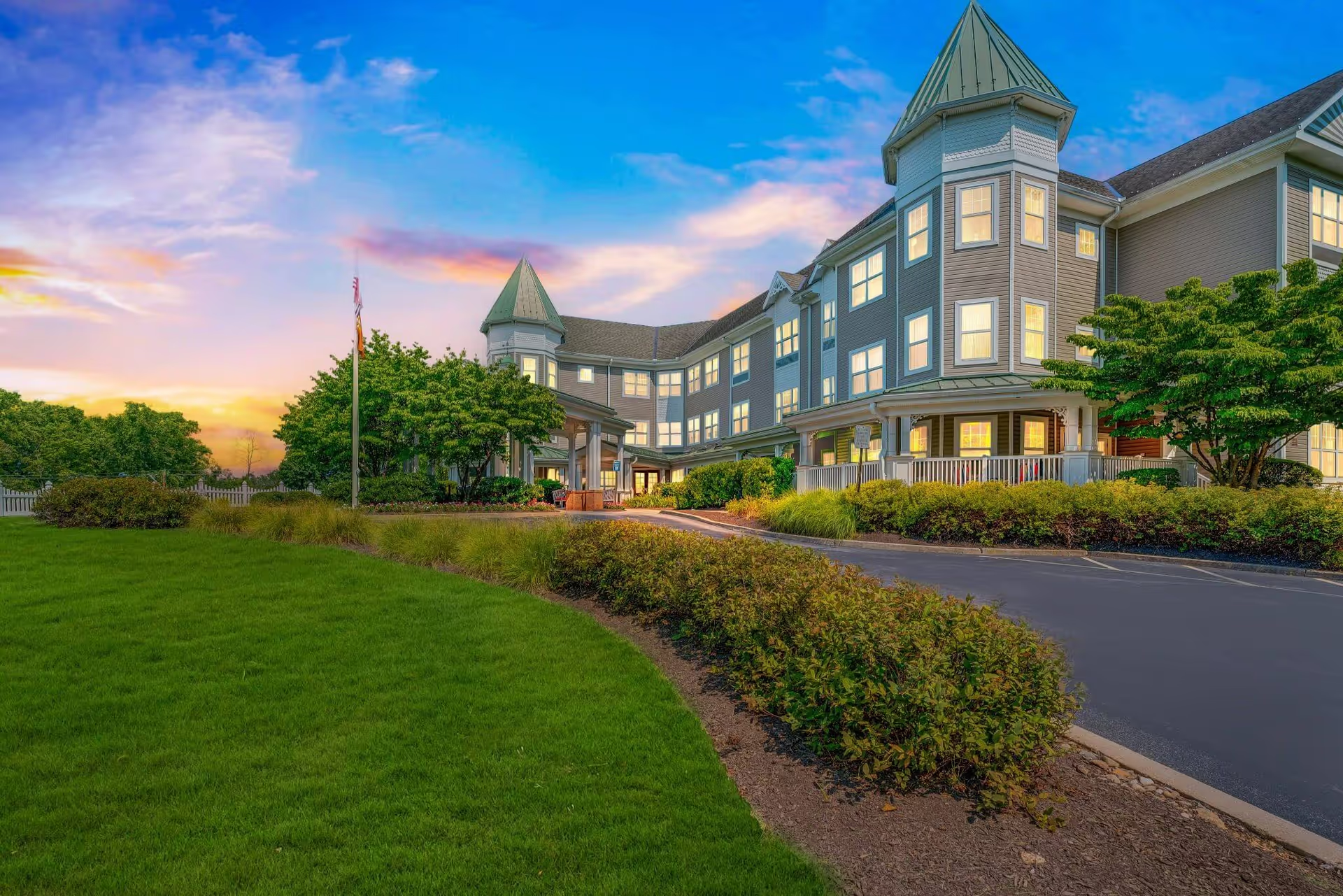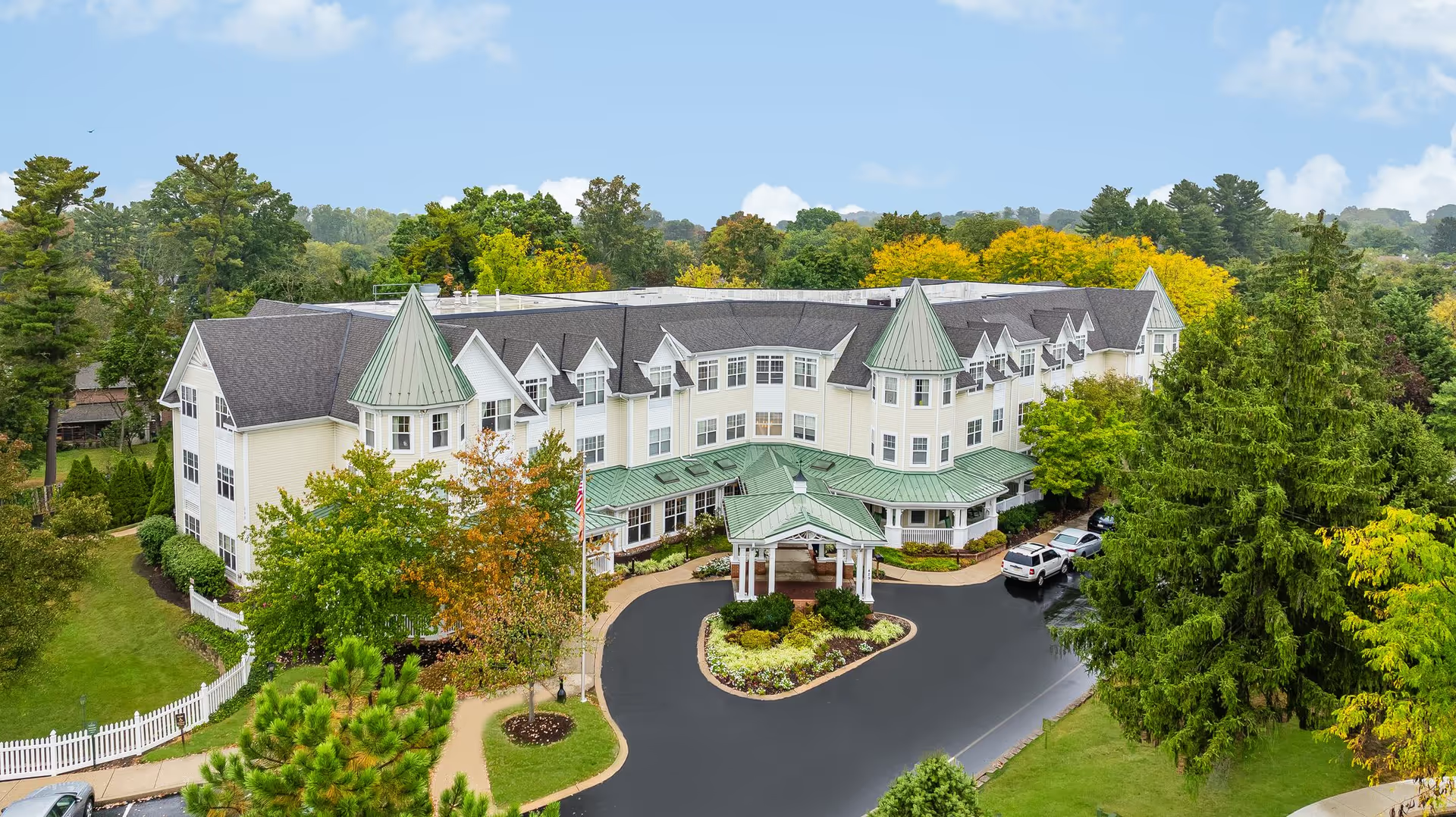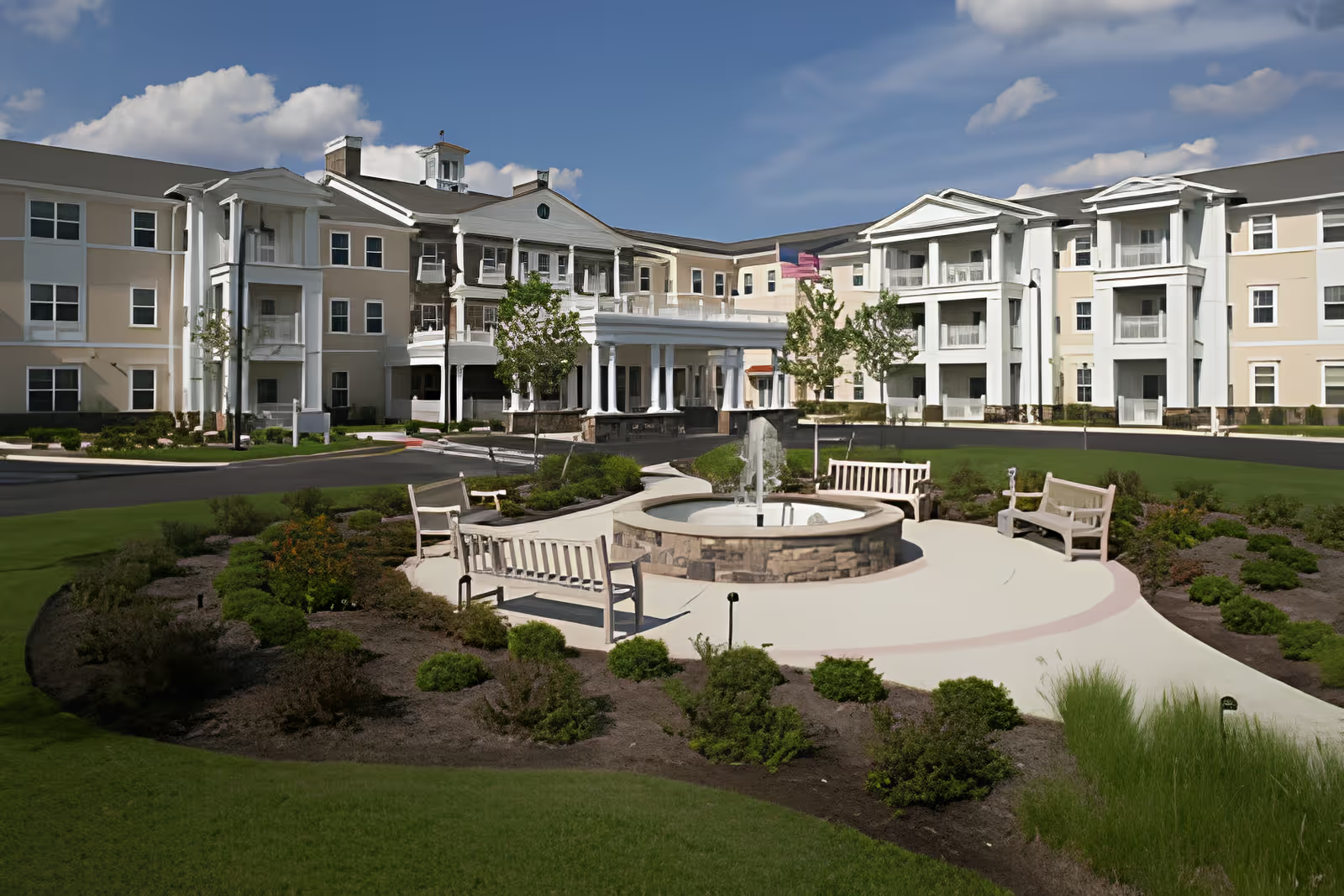Overall sentiment across the reviews is positive, with the strongest and most consistent praise directed at the staff and the intimate, small-community environment. Multiple reviewers describe staff as caring, patient, sweet, respectful, and compassionate; families frequently note that staff members get to know visitors and treat residents and employees respectfully. Many reviews highlight that staff provided very good or amazing daily care, including examples of personalized attentions such as planning a 102nd birthday celebration. Cleanliness and a well-maintained facility are recurring positives, and several families explicitly recommend Peartree House as a good fit for their loved ones.
Care quality is generally perceived as good to very good, particularly where stable staff and experienced caregivers are present. Reviewers appreciate that the community is run by nurses and that there is medical support on-site or on-call according to some accounts; hospice collaboration is also noted as a benefit for end-of-life or higher-acuity needs. However, there is a clear pattern of variability in the level and consistency of care: staff turnover and inconsistent staffing were raised multiple times and are tied to concerns about irregular care when team members change. Several reviewers call for more standardized training so that care remains consistent regardless of staffing fluctuations.
Dining and nutrition are areas with mixed feedback. A number of reviewers state meals and food are pleasing and note flexible meal and snack options, while others report significant issues: meals not tailored to individual diets, little real cooking happening on-site, and situations where meals were not prepared unless staff were specifically prompted. This split suggests that dining experiences may depend on which staff are on duty and whether management enforces dietary accommodations and meal-preparation standards consistently.
Activities programming receives modest praise but also suggestions for improvement. Multiple reviewers note that activities staff are trying and doing their best, but several comments recommend expanding the activities offerings. The small-community model may limit the range of programming available compared with larger communities, but staff engagement and personalized events are strengths that could be built upon.
Management and operational themes are mixed but informative. The community’s smaller size and nurse-led model are seen as advantages—families appreciate the ‘right-sized’ feel and lower overhead compared with larger facilities. At the same time, the recurring issues of staff turnover and the perceived need for more training point to management priorities: retaining and consistently training staff would likely reduce variability in care and dining experiences. There is also a mixed view of medical leadership; while some reviewers explicitly mention a doctor on-site and on-call, at least one reviewer referred to a poor house doctor, indicating inconsistent experiences with medical providers.
Other notable patterns include pandemic-related visitor restrictions that affected family access according to one review, and location limitations for some families who found the community too far to visit frequently. In summary, Peartree House appears to be a caring, clean, and intimate assisted living community with many strengths in staff compassion, individualized attention, and a family-like atmosphere. The primary areas for improvement are stabilizing staffing, enhancing and standardizing staff training and procedures, clarifying and enforcing dining/dietary practices, and broadening activities—addressing these would reduce variability and make the generally positive resident and family experiences even more consistent.
